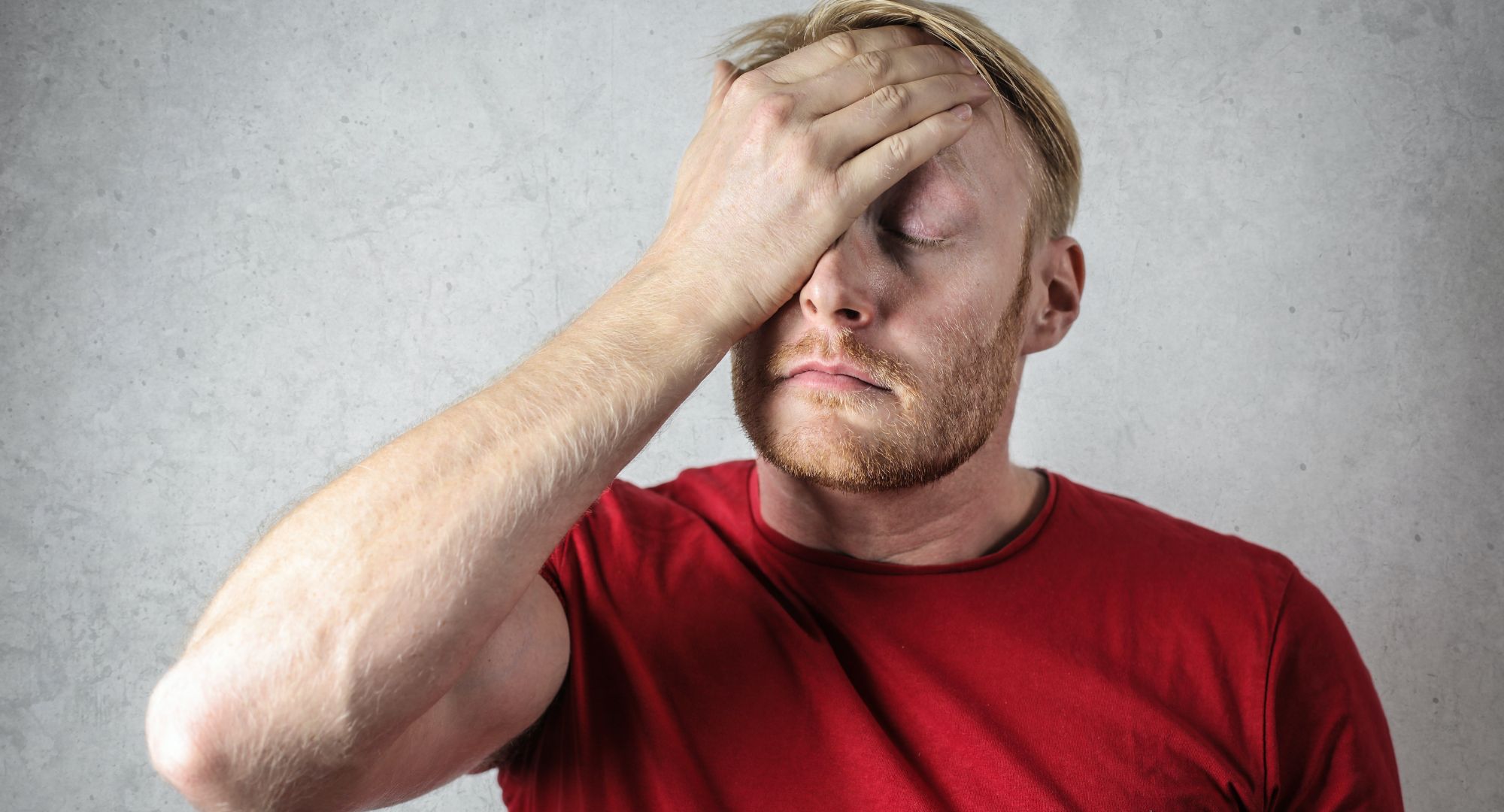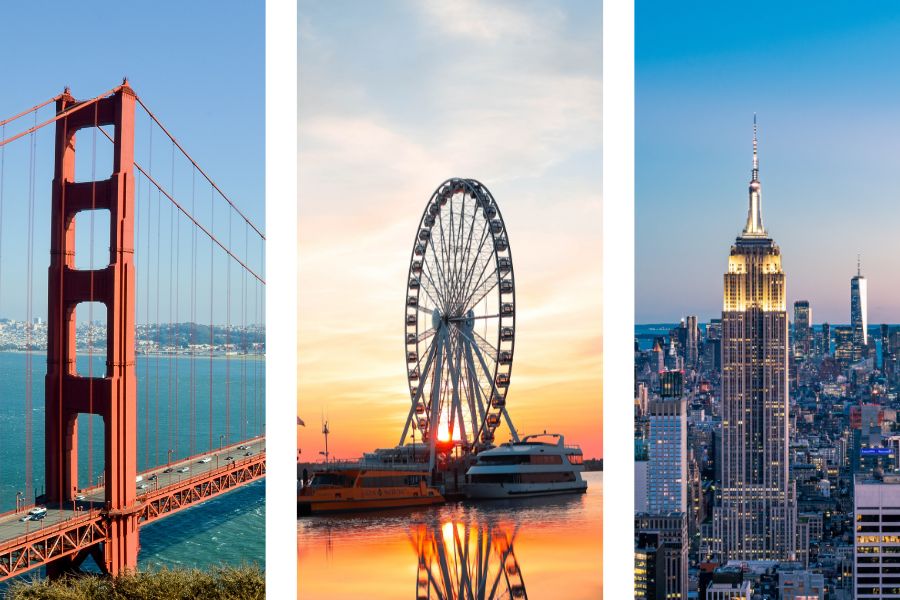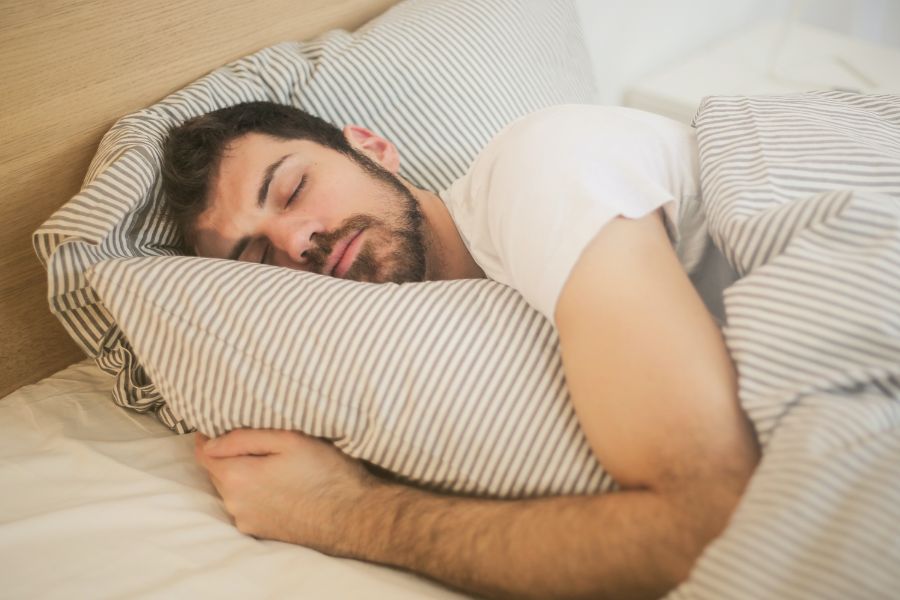
America may be the land of opportunity, but it’s become all too normal to sacrifice sleep to get ahead. Burnout culture is real, and despite its negative effects on our health and well-being, many people praise the “hustle” and wear their lack of sleep like a badge of honor.
According to the Centers for Disease Control and Prevention (CDC), one-third of adults in the United States regularly report not getting enough sleep. And approximately 40% of adults admit to unintentionally falling asleep during the day at least once per month. These statistics paint a grim picture of the sleep situation in America.
But when it comes to sleep deprivation, some states are more sleep-deprived than others. A recent study conducted by Amerisleep used Google Trends data to determine which states were searching for sleep-related keywords. The study identified the most and least sleep-deprived states in the U.S. by using the average search volume per 100,000 residents in each state.

The most sleep-deprived states
New York City may be known as the “city that never sleeps,” but California is the most sleep-deprived state in the U.S. According to Amerisleep, residents in California searched for terms like “insomnia treatment” and “sleep apnea treatment” more than any other state. Maryland and New York followed closely behind, ranking second and third, respectively. Massachusetts and Nevada rounded out the top five.
The study also revealed that residents in the U.S. commonly search for sleep-related terms like “sleep paralysis,” “sleep disorder,” and “can’t sleep.”
These findings suggest that sleep deprivation is a major problem, particularly in states with large populations, fast-paced lifestyles, and high costs of living.

The least sleep-deprived states
On the other end of the spectrum, people in Montana, South Dakota, and Idaho seem to be getting plenty of shut-eye. Residents in these states had the lowest average search volume for sleep-related terms, with only 480 sleep-related searches per 100,000 citizens in Montana, 487 in South Dakota, and 515 in Idaho. Iowa and Wyoming were also among the states with a low-level search volume.
There are a few possible explanations for why these states have lower rates of sleep deprivation. One possibility is that these states have more rural areas with less hustle and bustle, leading to a slower-paced lifestyle. Additionally, these states aren’t as populated as some of the more sleep-deprived states, which means less traffic and air pollution, which can disrupt sleep.
Whatever the reason, it’s clear that people in Montana, South Dakota, Idaho, Iowa, and Wyoming are doing something right.

Tips for getting a good night’s sleep
If you’re struggling to fall asleep at night, there are a few things you can do to improve your sleeping habits and the quality of your sleep, like sticking to a regular sleep schedule, creating a relaxing bedtime routine, and making sure your bedroom is dark, quiet, and cool. Limiting your screen time before bed and avoiding caffeine late in the day can also improve your chances of catching Zs.
If you’ve tried everything and you’re still having trouble sleeping, it may be worth consulting with a healthcare professional to rule out any underlying sleep disorders or medical conditions.



